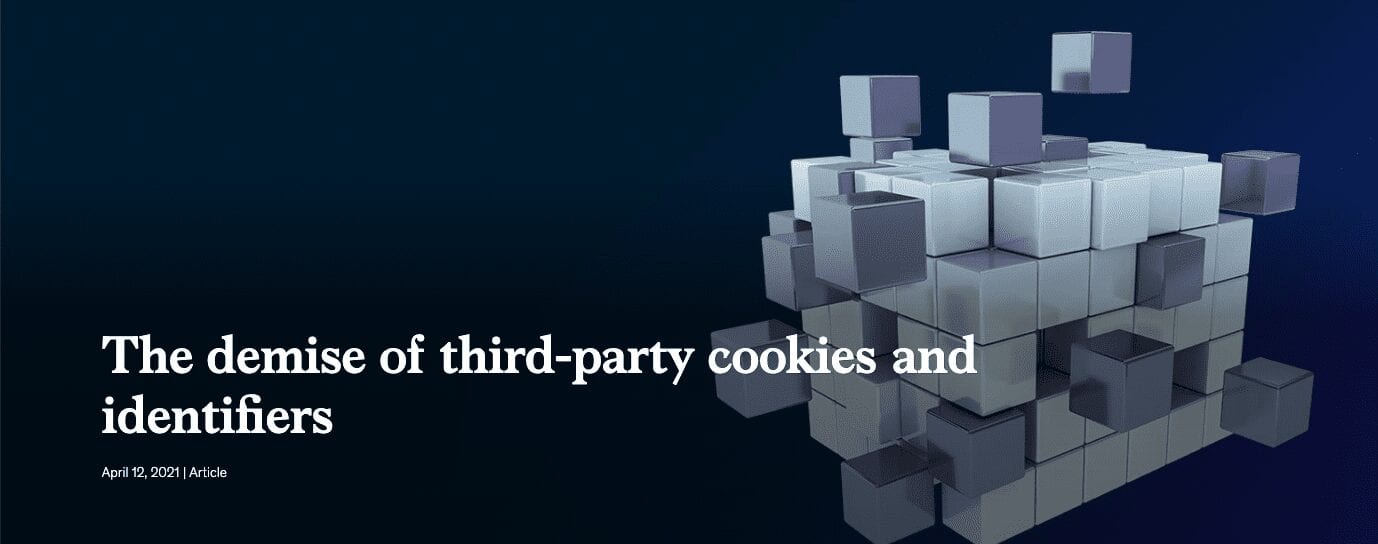How this big shift will threaten the US digital advertising industry—and compel its transformation.
A profound and abrupt shift is coming for everyone who uses the internet. By 2022, regulations designed to protect consumer privacy—particularly the California Consumer Privacy Act—and major technology companies will require users’ explicit permission to share and use data generated from digital interactions. Because users are generally unaware of how their data is used and are unlikely to consent to sharing their data, the $152 billion US digital advertising industry will lose access to most third-party data, which has powered programmatic advertising (advertising purchased and sold using software).1
The change will be a reckoning for the advertising industry. The loss of third-party data will leave marketers, ad agencies, and the publishing and media vehicles where advertising appears with little or no first-party data (data directly from consumers who consent to sharing it) in the dark about behavioral and demographic insights that currently help them create target audiences and segments. Although our research suggests that some executives in the US ad ecosystem do not think this loss will materially affect their revenue and finances, the economic impact on advertisers, publishers, and providers of data platforms is uncertain, and the challenges are immense (see sidebar, “About the research”).
Advertisers and publishers will now need to depend primarily on their own first-party data, or on data from walled gardens, contextual targeting, and greater support from data platforms.2 Industry participants’ preparedness to take on this task varies widely, but advertisers, publishers, and data platform companies all have the opportunity—and an imperative—to redesign their data solutions. The right path for each stakeholder will be different, but the cornerstone effort should be to create and sustain consumer relationships that produce a value exchange, meaning content from or access to publishers and platforms in exchange for personal data, that is based on trust. Advertisers will need to build new data strategies that rely on first-party data or cooperate with walled gardens. Our analysis suggests that the publishing industry will have to replace up to $10 billion in ad revenue with a combination of first-party data gathered through a combination of paywalls and required registrations, and updated contextual targeting and probabilistic audience modeling (analytics that incorporate an array of unknown elements). For data platform providers, fortune will favor the large. Industry players should update their approaches to obtaining and managing data and discovering the right data solutions for them. Advertisers’ audience reach along with many publishers’ and data platforms’ business models are at stake.
A challenging industry-wide experiment
After a history of operating without formal and consistent protections for consumer data, the US digital ad industry faces significant challenges with ambiguous solutions. Consider that the importance of programmatic advertising has ballooned in the past decade and accounted for 78.4 percent of US spending on display and video advertising in 2020 (exhibit).3

Many major US publishers currently…



